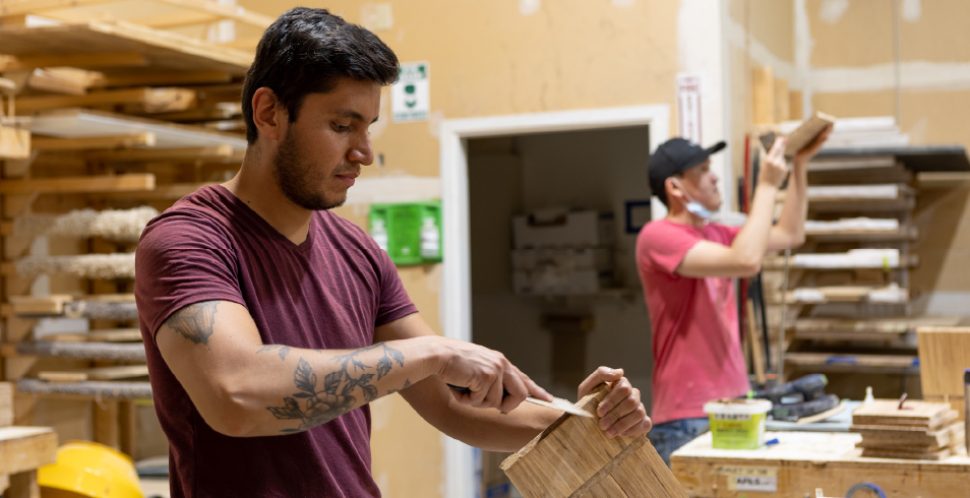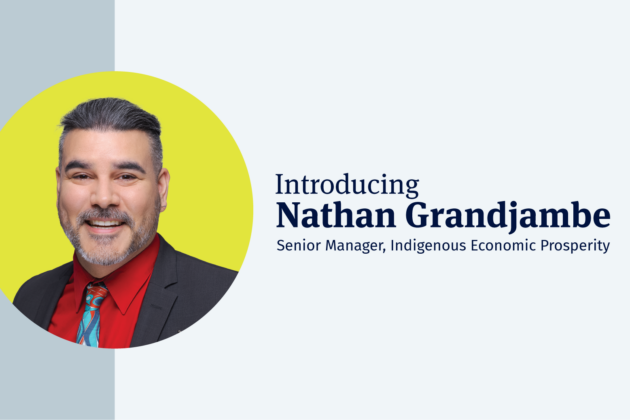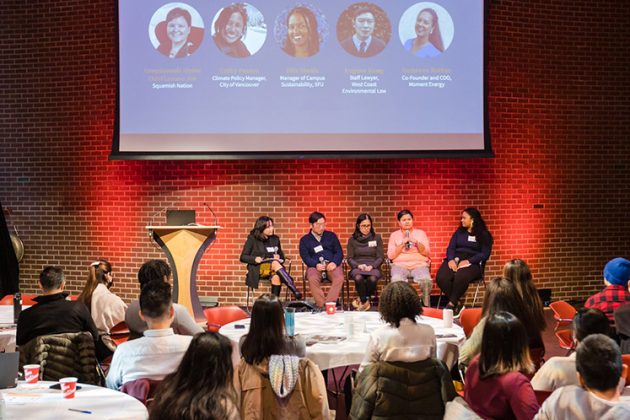What is doughnut economics?
Doughnut economics aims to recalibrate the way people think about economics from the ground with the goal of “fully [meeting] the needs of all within the means of the planet.” The doughnut itself is a visual representation of this mission: it is expressed as one circle (humanity’s social foundation) – drawn and centred within a larger circle (the planet’s ecological ceiling).
Kate Raworth described the doughnut in the 2012 publication “A Safe and Just Space for Humanity: Can we live within the doughnut?” Its implications for the field of economics is laid out in more detail in the 2017 book “Doughnut Economics: Seven Ways to Think Like a 21st-Century Economist.” While Raworth’s critiques of neoclassical economic theory are far from the first, her doughnut economics model offers a distinct characterization that centres the linkages between the economy and the environment. Doughnut economics applies systems and design thinking to re-assess the way the field of economics and businesses in general are structured from the bottom up.
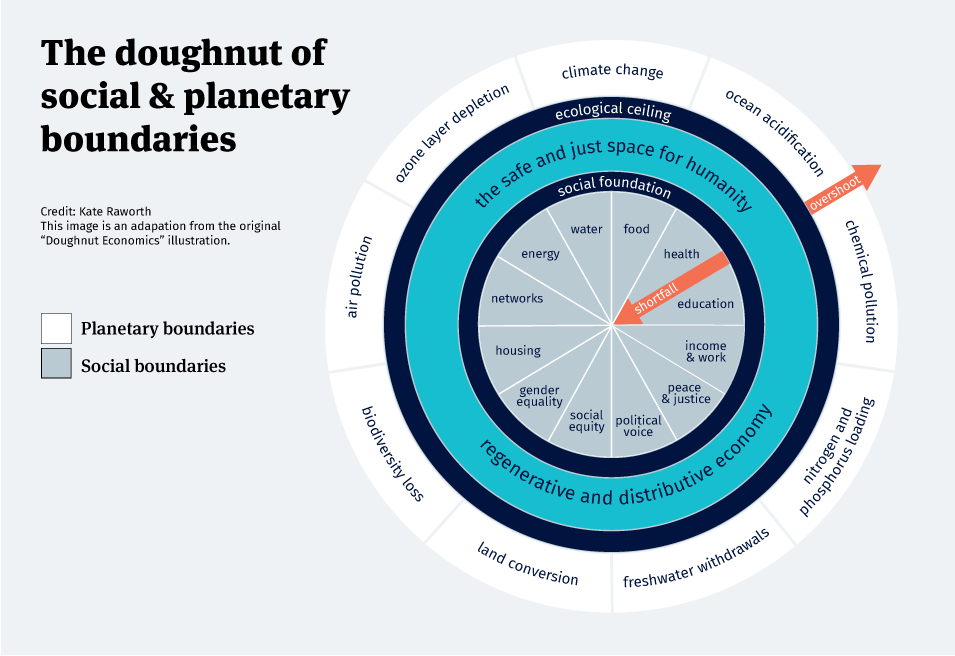
What are the planetary boundaries?
The planetary boundaries comprising the ecological ceiling are laid out by Rockstrom et al., who refer to the area within them as the “safe operating space for humanity.” Exceeding these boundaries will trigger unacceptable environmental degradation and irreversible tipping points in Earth systems.
What comprises the social foundation?
The twelve dimensions of the social foundation referred to by Kate Raworth are derived from internationally agreed minimum social standards, as identified by the world’s governments in the Sustainable Development Goals in 2015.
Shifting from divisive and degenerative to regenerative and distributive
A fundamental facet of doughnut design as spearheaded by the Doughnut Economics Action Lab (DEAL) is the imperative for principles of regeneration or distribution. Distributive enterprises feature open-source product design and business operations to enable collaborative innovation and open-source economic and business development. Regenerative businesses have a central mission to improve the world around them by creating or returning more value in service to society, environment and the global economy than it extracts.
Sources: Kate Raworth, Global Policy Journal, The Alternative
Why is doughnut economics important?
Doughnut economics is important because – put in conventional business language – we as a species are overspending on our budget (planetary resources) and underdelivering on even a minimally acceptable product (a just social foundation for all).
As the doughnut was primarily conceived for action from the planetary to national or city levels, it is not the most actionable model for actors at smaller scales, such as individual businesses. However, DEAL has created a doughnut design for business toolkit to maximise business impact.
Source: Doughnut Economics Action Lab
Eight principles of practice that help get people thinking like doughnut economists
- Embrace the 21st century goal
- See the big picture
- Nurture human nature
- Think in systems
- Be distributive (by design)
- Be regenerative
- Aim to thrive rather than grow
- Be strategic in practice
Five layers of organizational (re)design for businesses
DEAL has put together a doughnut economics toolkit for businesses that uses systems thinking and deep design principles to shift and transform the way we think about some of the fundamental elements that make up businesses.
The toolkit provides guiding questions for discussion, problem-solving and redesign for each of the following pillars:
- Purpose. If you were to write a desired purpose from a Doughnut rather than financial perspective, what would it be?
- Networks. How will your business achieve long-term committed partnerships with suppliers and other commercial partners?
- Governance. How does your governance (e.g. board) navigate trade-offs between ecological, social and financial goals?
- Ownership. What expectations do owners have on the ecological, social and financial performance of the business?
- Finance. Should margins adapt to enable bold ideas? What is a fair return for investors and how can exits (if needed) be managed to retain [regenerative, distributed] purpose?
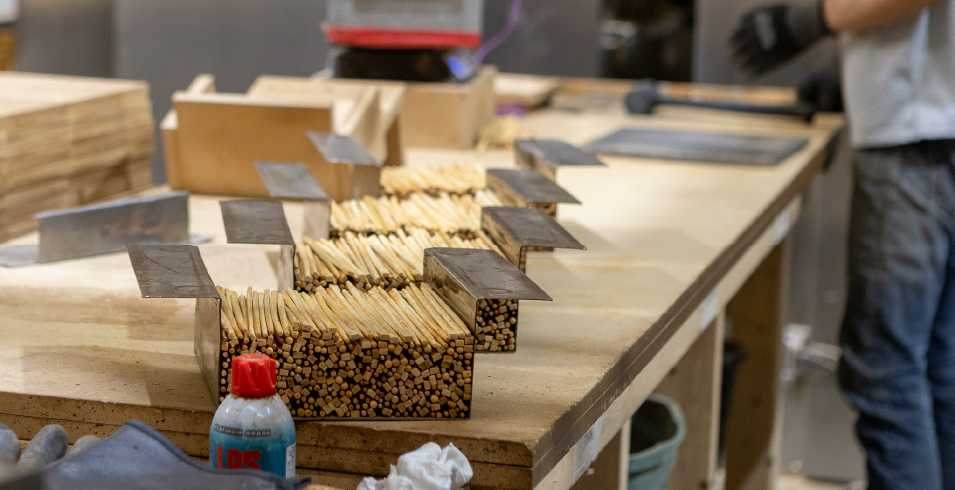
Photo: Recovered chopsticks that are ready to be repurposed into home and kitchen accessories. Photo credit: Ingrid Valou
7 Vancouver organizations pursuing doughnut-aligned design and thinking
- Sole Food demonstrates the connection between urban farming, land stewardship, and community well-being.
- Vancity is a values-based financial co-op that leverages its assets to improve the financial wellbeing of its members and communities
- Embers creates employment and economic opportunities for people living on low incomes
- Terramera is on a mission leverages machine learning, nature-based solutions and regenerative agriculture to achieve climate action and food security at a global scale.
- ChopValue uses a franchising business model to expand its circular economy impact.
- Aisle makes reusable menstrual care products from textiles diverted from landfill.
- Modo is a car co-op on a mission to advance the car-share movement and has made its proprietary booking software to others around the world.
“Doughnut Economics recognises that growth may be a healthy phase of life, but nothing grows forever: things that succeed do so by growing until it is time to grow up and thrive instead.”
Further reading and resources
Does the idea of the doughnut resonate with you? Consider looking through more of these.
- Meet the Doughnut and the concepts at the heart of doughnut economics – Doughnut Economics Action Lab (DEAL)
- Reversing the Freight Train – London Review of Books
- Doughnut Economics: Seven Ways to think like a 21st-Century Economist Kate Raworth
- Open Access Tools – Doughnut Economics Action Lab
- Nanaimo Reimagined with new city plan based on Doughnut Economics (the first Canadian city to adopt it as a framework)
- Quickly Understand Doughnut Economics – Nanaimo Reimagined
This article first appeared in the Winter 2022 edition of the Vancouver Economy Report. Read the report for the full story, plus other articles about Vancouver’s economy.
